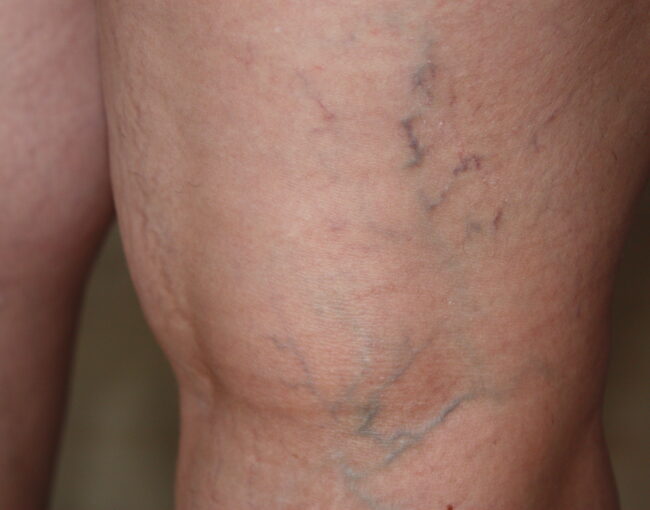Foam Treatment for Varicose Veins
What is Foam Treatment for Varicose Veins?
It is applied to capillaries larger than 2-5 mm. In this method, a sclerosing agent is mixed with air to form foam. This allows the agent to affect every part of the vein and causes it to close. After the procedure, the area is bandaged and compressed. Weeks after the gas in the foam is absorbed, the treated vein disappears. More than 90% of patients benefit from this treatment. The therapy consists of one or several sessions, with intervals of 4 weeks between treatments.
How Is the Procedure Performed?
The treatment process is conducted in a controlled and planned manner. The main steps are:
Mapping the veins: The vein structure is examined using color Doppler ultrasonography.
Foam preparation: The sclerosing agent is mixed with sterile air to create foam.
Injection: The foam is injected directly into the varicose vein using very fine needles.
Observation and bandaging: After the procedure, elastic bandages or stockings are applied to the legs.

Who Is Suitable for This Treatment?
Foam treatment is generally recommended for patients with the following conditions:
Vein diameter of 5 mm or less
Varicose veins in superficial veins
Patients unsuitable for or unwilling to undergo surgery
Those who have not achieved results with previous laser or classic sclerotherapy
However, caution is advised in the following cases:
Pregnancy and breastfeeding period
History of deep vein thrombosis
Active skin infections
History of allergic reactions to the medication
Quick Contact
About Us
Effectiveness of Treatment
Foam treatment is highly effective. Success rates range from 80% to 90%, especially for small and medium-sized varicose veins. As a non-surgical method, it allows for a short and comfortable recovery period. Most patients notice visible improvement within 1-2 weeks.
Applicability for Capillaries
Yes, but it should be applied carefully with special needles. Foam treatment can be used for capillaries in the following cases:
Capillary issues unresponsive to laser treatment
Veins close to the skin surface
Combined therapies with microsclerotherapy
However, for very fine capillaries, liquid sclerotherapy or laser may sometimes be more appropriate.
Post-Procedure Care
To enhance success and reduce complication risks after treatment, observe the following:
First 48 hours: Avoid scrubbing, alcohol, or cologne application.
Stocking use: Wearing elastic compression stockings is recommended (5 days in winter, 3 days per month in summer).
Activity: Avoid prolonged immobility.
Follow-up: Usually the first check-up occurs within 7-10 days.
Possible Side Effects and Risks
Like any medical procedure, foam treatment may have some temporary side effects:
Mild burning sensation
Bruising at the injection site
Temporary hardness along the vein
Skin discoloration (pigmentation)
Rarely, infection or allergic reaction
These effects are usually mild and resolve spontaneously within a few weeks.
Number of Sessions and Recovery Time
Treatment duration varies per individual. Generally:
1-2 sessions suffice for small varicose veins
3-5 sessions may be needed for widespread varicosities
Visual improvement completes within 2-4 months
Sessions are typically spaced 2-3 weeks apart
What Are the Advantages of Laser Treatment?
- It is a non-surgical and incision-free method.
- General anesthesia is not required; local anesthesia is sufficient.
- The recovery process is quick, and hospital stay is unnecessary.
- The risks of bleeding, infection, and scarring are low.
- The duration of compression stocking use is shorter.
- The success rate is high, and patient satisfaction is very good.
Frequently Asked Questions
No. The procedure is performed under local anesthesia, and the patient does not feel pain during the treatment. Mild bruising or a feeling of tightness may occur afterward but usually lasts only a short time.
The vein closed by laser usually remains permanently closed and does not cause varicose veins again. However, over time, different veins may be affected; therefore, follow-up check-ups are important.
No, hospital stay is not required. Laser treatment for varicose veins is an outpatient procedure. The patient is discharged the same day and can usually return to normal activities within a few hours.
For some patients, short-term use of compression stockings may be recommended. However, the duration and necessity vary depending on the treatment plan and individual condition.
The success rate of laser treatment for varicose veins is very high. In suitable patients, permanent vein closure success exceeds 95%.
